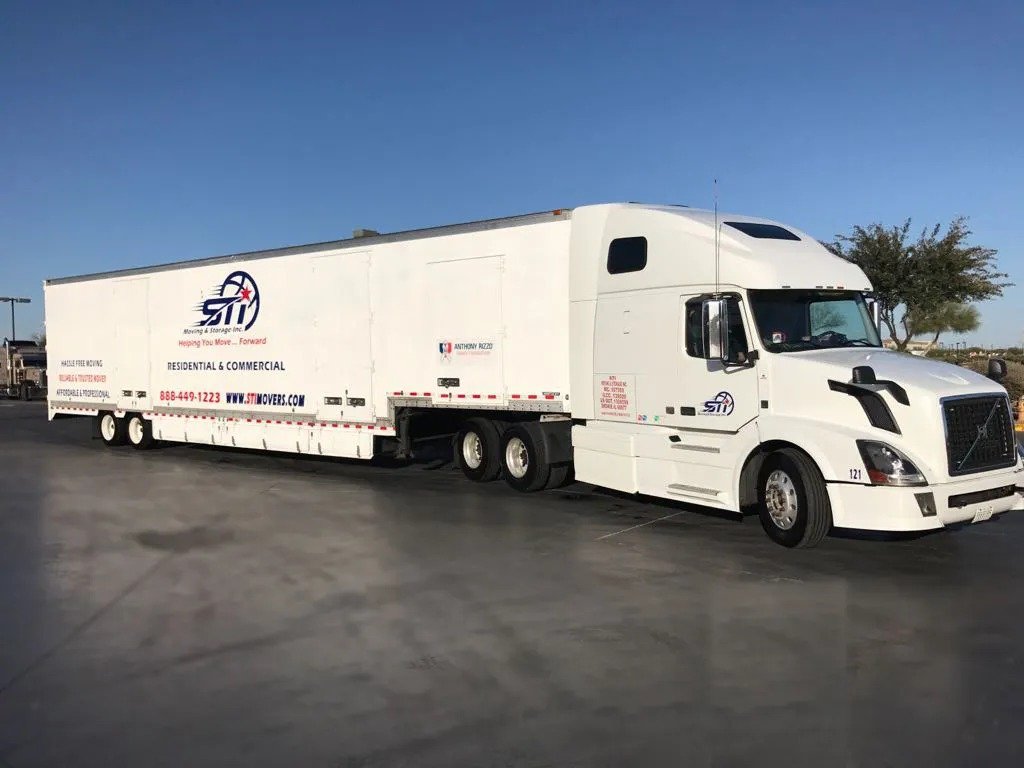Relocations are like most major events in our life – hectic, not always so much fun, but pay off big time in the end. Also, not many things can get as boring and draining as packing. You might get caught up with it, attempt to put it off and procrastinate, or get scared at the very thought of it. Getting stressed over relocation is common, and most people have been in that situation. However, the better you organize and schedule your packing, the easier it gets. Here are some all-time-favorite tips on successful packing.
Get Boxes of the Right Size
Imagine packing so many books in a large box and later barely being able to pick them up. That’s what we call smart packing – heavier items go in smaller boxes while you can use the large ones for items like linen, fluffy pillows, and cushions, etc. Reinforce the bottoms of heavy boxes with extra tape to ensure they don’t fall apart during the move. For books, consider using rolling suitcases instead of boxes to save your back and make transportation easier.
Fill Boxes Up, No Empty Space
Especially with cardboard boxes, leaving some extra space can be a really bad idea. A loose box in which the items can shatter is a red flag. That’s why, if you are left with some space inside the box, fill it up with blankets, some clothes, or rags – anything that provides cushioning and protection. Use packing paper, bubble wrap, or foam peanuts to fill gaps and secure items in place. This ensures nothing shifts during transport, reducing the risk of damage.
Heavy on Bottom, Lighter on Top
This is the easiest and the best hack ever. Heavy items belong at the bottom, and the lighter ones at the top inside the box. Also, when you are packing your moving truck, make sure to place the heaviest boxes to the bottom and the lighter ones on top while stacking. If the professional packers are helping, they will know how to do it. Balance the weight evenly when stacking boxes in the truck to prevent shifting during transit. Keep heavier items closer to the truck’s center to maintain stability.
Section by Rooms
When you set your packing order by room and clearly label the boxes, there won’t be room for confusion and stress when you move in and start unpacking. Use color-coded labels or stickers to designate each room (e.g., blue for the kitchen, green for the bedroom). Write a brief description of the box’s contents on the label for easy identification. Keep a master list of your labeled boxes to track everything.
Fragile Items Need Special Care
If you need a special service to relocate the piano or even if you are a little hesitant about packing sensitive and expensive china, those items will need special care. Wrap the fragile items in special, padded materials to protect them, and use sturdy boxes as packaging. Ultimately, hire professionals for special packing or transporting services. For extremely delicate items, double-box them. Place the item in a smaller box padded with cushioning, then place that box inside a larger one with additional padding. This adds an extra layer of protection during the move.
Additional Packing Tips
- Pack an Essentials Box: Include items you’ll need immediately upon arrival, like toiletries, snacks, a change of clothes, and chargers. Keep this box easily accessible.
- Use What You Have: Save on packing materials by using towels, blankets, and clothes to wrap fragile items. Suitcases, duffel bags, and reusable grocery bags can also double as packing containers.
- Declutter Before Packing: Moving is the perfect opportunity to purge unnecessary items. Donate, sell, or discard things you no longer need to lighten your load and save on moving costs.
- Start Early: Begin packing non-essential items weeks in advance to avoid last-minute chaos. Seasonal clothing, books, and decorative items are good places to start.
Conclusion
Relocation can be a challenge, but with the right plan, packing for it can be a breeze. By using appropriately sized boxes, filling spaces securely, and organizing by rooms, you can make the packing process smoother and more efficient. Special attention to fragile items and clever use of resources will ensure your belongings arrive safely at your new home.
With proper preparation and these tried-and-true tips, you’ll minimize stress and be ready to enjoy your new space in no time. Good luck, and enjoy your transition!



